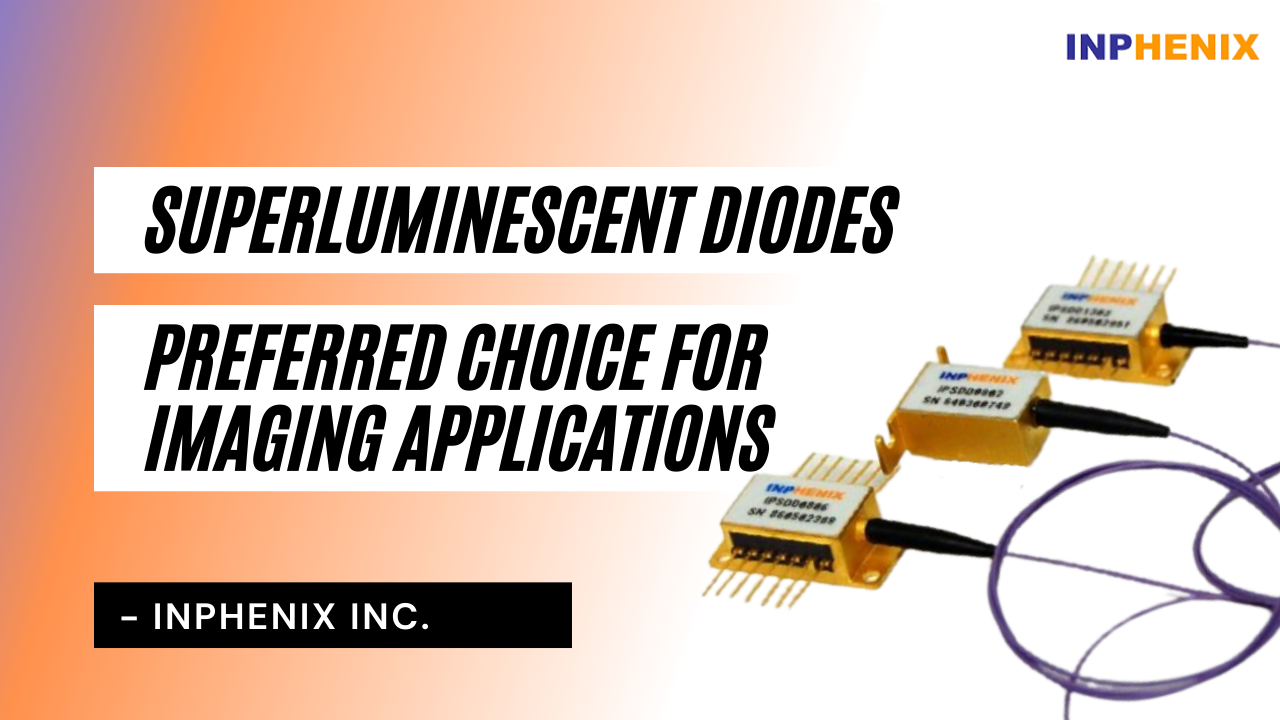Applications of Vertical Cavity Surface Emitting Laser

Vertical-cavity Surface-emitting Lasers, commonly known as VCSEL , have a wide range of applications. The laser can be fabricated in various ways, including on the surface or within arrays. The key distinction that distinguishes the VCSEL from other lasers is that it emits light from the top rather than the edges, as other lasers do. This guarantees that the output power is optimum. Moreover, this is often in the shape of a circular beam of light which is highly compatible with modern optical instruments. In this article, we will look at the applications of VCSEL in various industries such as communication, sensors, and computing. Along with these three primary industries, this laser is also used in the manufacturing process of smart vehicles and smartphones. If you are excited to know more about Vertical Cavity Surface Emitting Lasers then you can check our blog An Introduction to VCSEL . VCSEL Applications : A. VCSEL For Smartphones: VCSEL arrays and their low power consumption ar...








